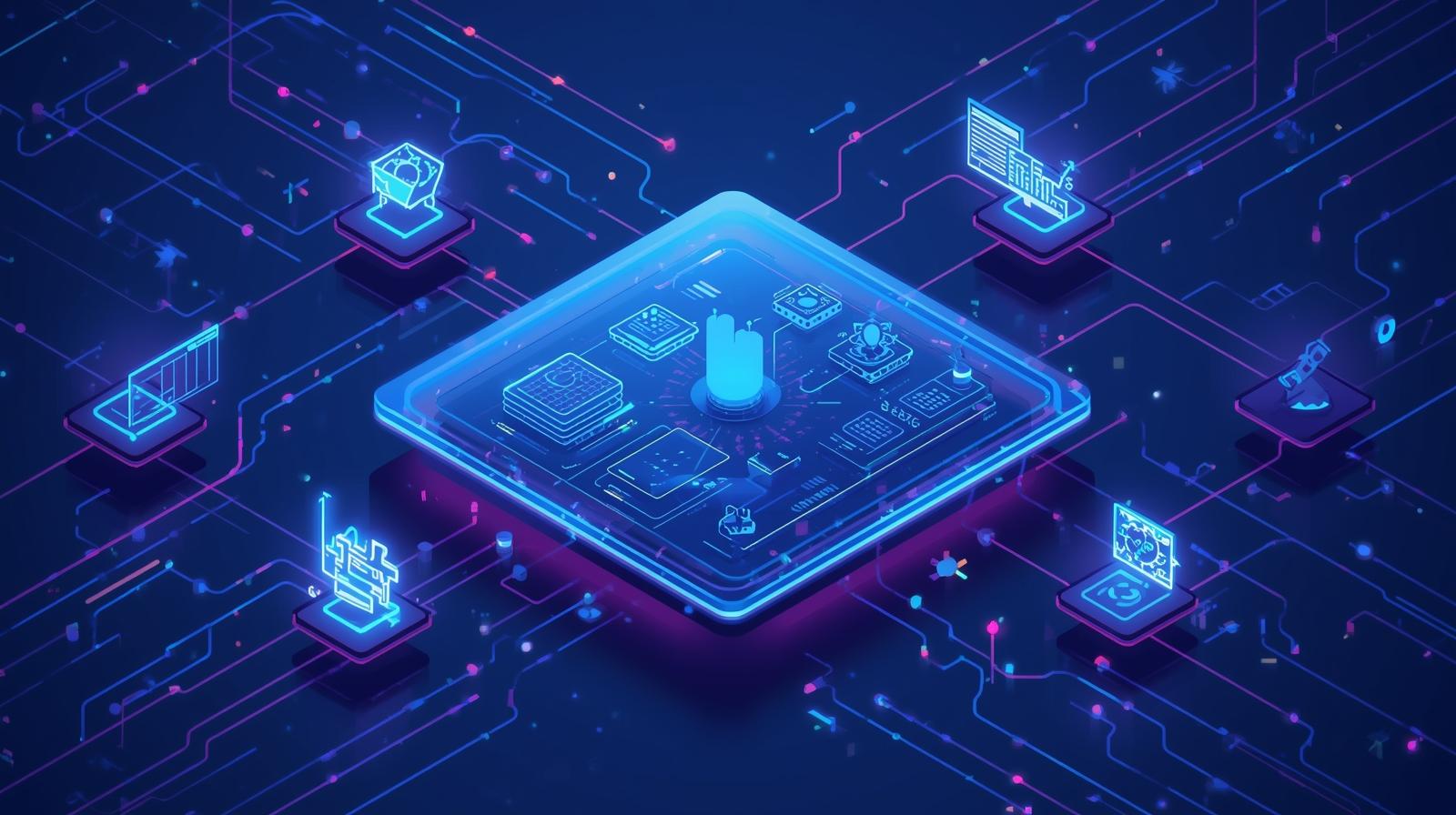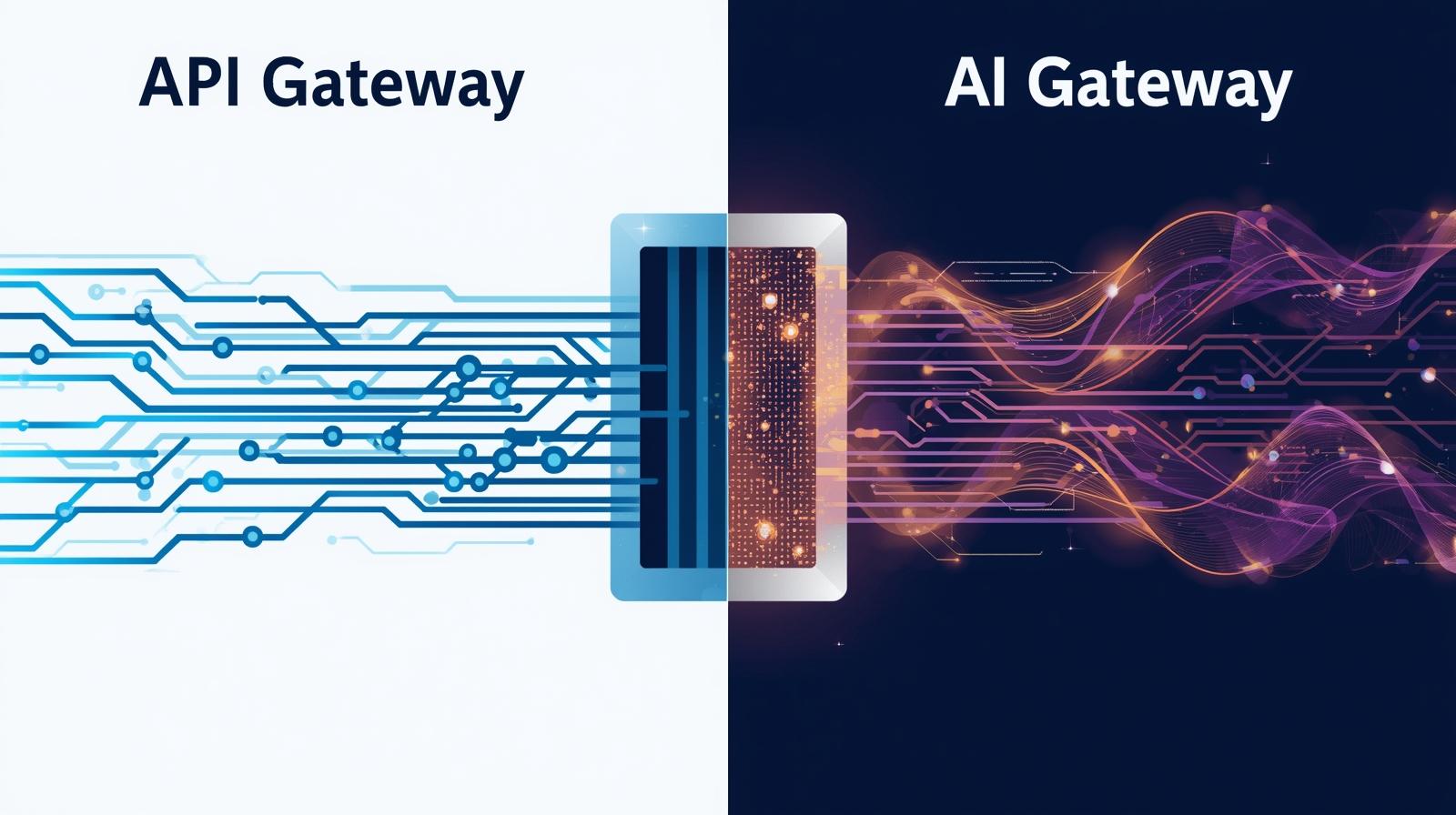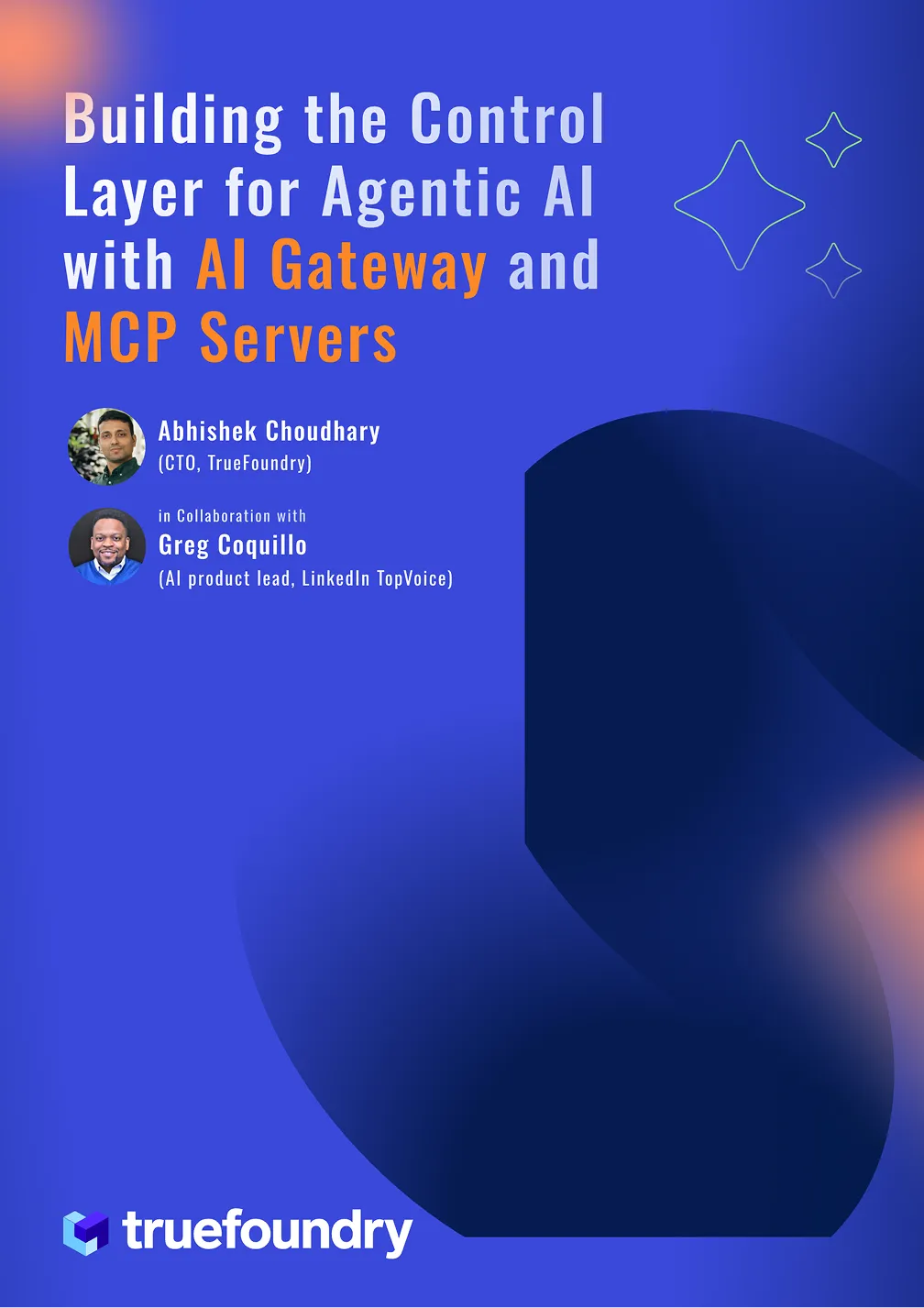TrueFoundry Accelerator Series: Calender Scheduling Agent
Introduction
In 2025, organizations can deploy AI copilots, autonomous data pipelines, and self-scaling infrastructure—yet many still struggle with one deceptively simple task: scheduling.
Appointment booking, often seen as a “solved” problem, continues to cost enterprises significant time and money. Across industries, manual or rigid scheduling processes translate into lost productivity, missed revenue, and operational inefficiency—estimated at over $15,000 per employee annually.
This post examines why the problem persists, the hidden costs behind current solutions, and how a configuration-driven, intelligent scheduling architecture can resolve it at scale.
Why Traditional Scheduling Systems Fall Short
Despite numerous tools in the market, most appointment booking systems fail for structural reasons. They were built for static workflows, not adaptive dialogue or real-time business logic.
1. Rigid Interaction Models
Most systems still rely on fixed form flows that cannot interpret natural language or adjust dynamically. Users are forced into predefined paths that break easily when real-world complexity appears.
- Abandonment rates: Up to 70% of users leave before completing a booking.
- Context loss: Systems cannot interpret phrases like “next available slot tomorrow morning.”
- Operational lag: Staff must manually intervene to complete or correct bookings.
2. Custom Development Overhead
Organizations attempting to build proprietary booking systems often encounter a long tail of technical debt:
- 6–12 months of development time, followed by continuous maintenance
- High integration effort with calendars, CRMs, and internal scheduling logic
- Scalability issues emerging precisely as volume grows
The result is a fragile and expensive solution that rarely meets evolving operational needs.
3. Third-Party Limitations
Off-the-shelf solutions offer convenience but limited flexibility. Their workflow assumptions fit few businesses precisely, leading to partial automation that still requires human oversight.
Common issues include:
- Predefined templates that can’t model complex scheduling logic
- Limited API access or brittle integrations
- Poor adaptability to regulatory or compliance requirements (e.g., HIPAA, GDPR)
Quantifying the Gap
A New Approach: Intelligent, Configuration-Driven Scheduling
At TrueFoundry, we rethought the problem from first principles. The result: a configuration-driven appointment booking accelerator that deploys enterprise-grade scheduling systems in days, not months—capable of adapting to real-world complexity without constant developer involvement.
Conversational Understanding
Instead of static question flows, our conversation engine interprets full user intent from natural language.
Example
User: I’d like to see Dr. Smith about back pain next week.
System: Dr. Smith is available Tuesday at 2:30 PM and Thursday at 10:00 AM. Which works better?
User: Tuesday.
System: Confirmed for Tuesday at 2:30 PM. You’ll receive details shortly.
This interaction compresses multiple steps—service type, provider, timing, and confirmation—into a single exchange.
Auto-Progression Logic
The engine validates multiple data points in parallel rather than sequentially, allowing natural flow. Returning customers can simply say “book my usual slot,” and the system resolves contextually without restarting the process.
Integration by Design
The platform connects natively to:
- Calendar systems (Google, Outlook, custom APIs)
- Staff availability and resource management tools
- Business rules engines
- CRM and ERP systems
This ensures automation extends end-to-end—across booking, confirmation, reminders, and compliance.
Technical Foundation
YAML-Based Configuration
The system is fully configurable through human-readable YAML files, enabling non-developers to modify workflows, business rules, and scheduling constraints.
Example:
appointment_types:
- name: "Consultation"
duration: 30
buffer_time: 15
staff_required: ["doctor", "nurse"]
business_rules:
emergency_appointments:
priority: high
max_wait_time: 24_hours
override_schedule: true
Benefits
For Business Teams
- Update services or hours in minutes
- Run A/B tests on different booking flows
- Adjust for seasonal changes or special events
For Technical Teams
- Version-controlled configuration (with rollback)
- Multi-tenant deployment support
- Safe promotion across environments (dev → prod)
Industry Templates
To accelerate deployment, pre-built YAML templates encode best practices for specific industries:
- Healthcare: provider matching, insurance verification, HIPAA compliance
- Professional Services: billing integration, expertise-based routing
- Education: instructor and room coordination
- Finance: compliance-aware client scheduling
These templates can be extended or customized with minimal effort.
Architecture Overview
The system employs a multi-tenant, cloud-native architecture designed for scale and compliance:
- Isolated environments for each organization
- Auto-scaling infrastructure for traffic spikes
- Global availability with real-time monitoring
- Encryption, RBAC, and full audit trails for data security
Conclusion
Appointment booking isn’t just a UX problem—it’s an operational efficiency challenge that impacts revenue, staff productivity, and customer satisfaction. Most “solved” solutions remain static and disconnected from business logic. By combining conversational intelligence with configuration-driven design, TrueFoundry’s platform brings flexibility, scalability, and intelligence to one of the most overlooked bottlenecks in enterprise operations.
Built for Speed: ~10ms Latency, Even Under Load
Blazingly fast way to build, track and deploy your models!
- Handles 350+ RPS on just 1 vCPU — no tuning needed
- Production-ready with full enterprise support
TrueFoundry AI Gateway delivers ~3–4 ms latency, handles 350+ RPS on 1 vCPU, scales horizontally with ease, and is production-ready, while LiteLLM suffers from high latency, struggles beyond moderate RPS, lacks built-in scaling, and is best for light or prototype workloads.






















